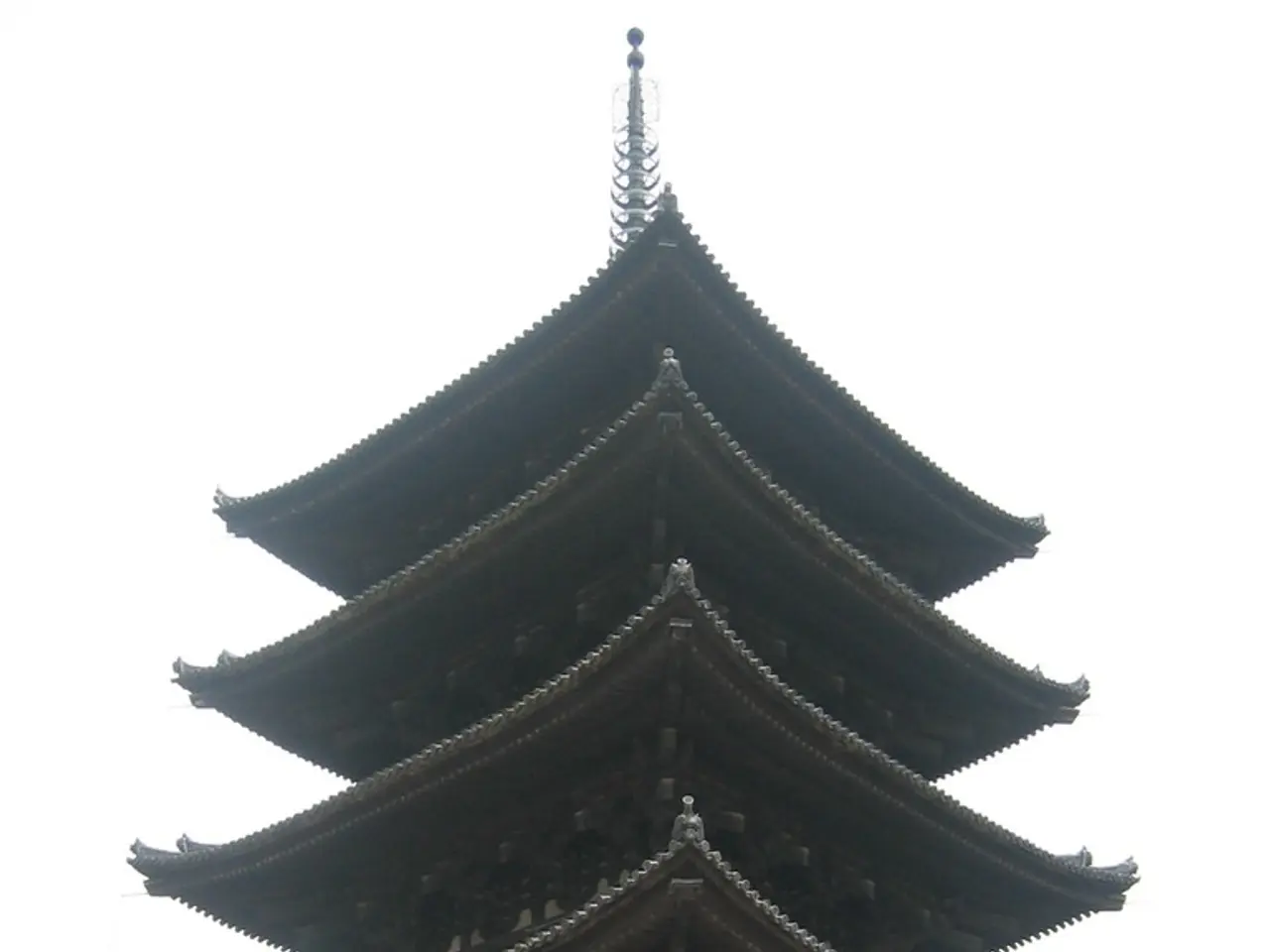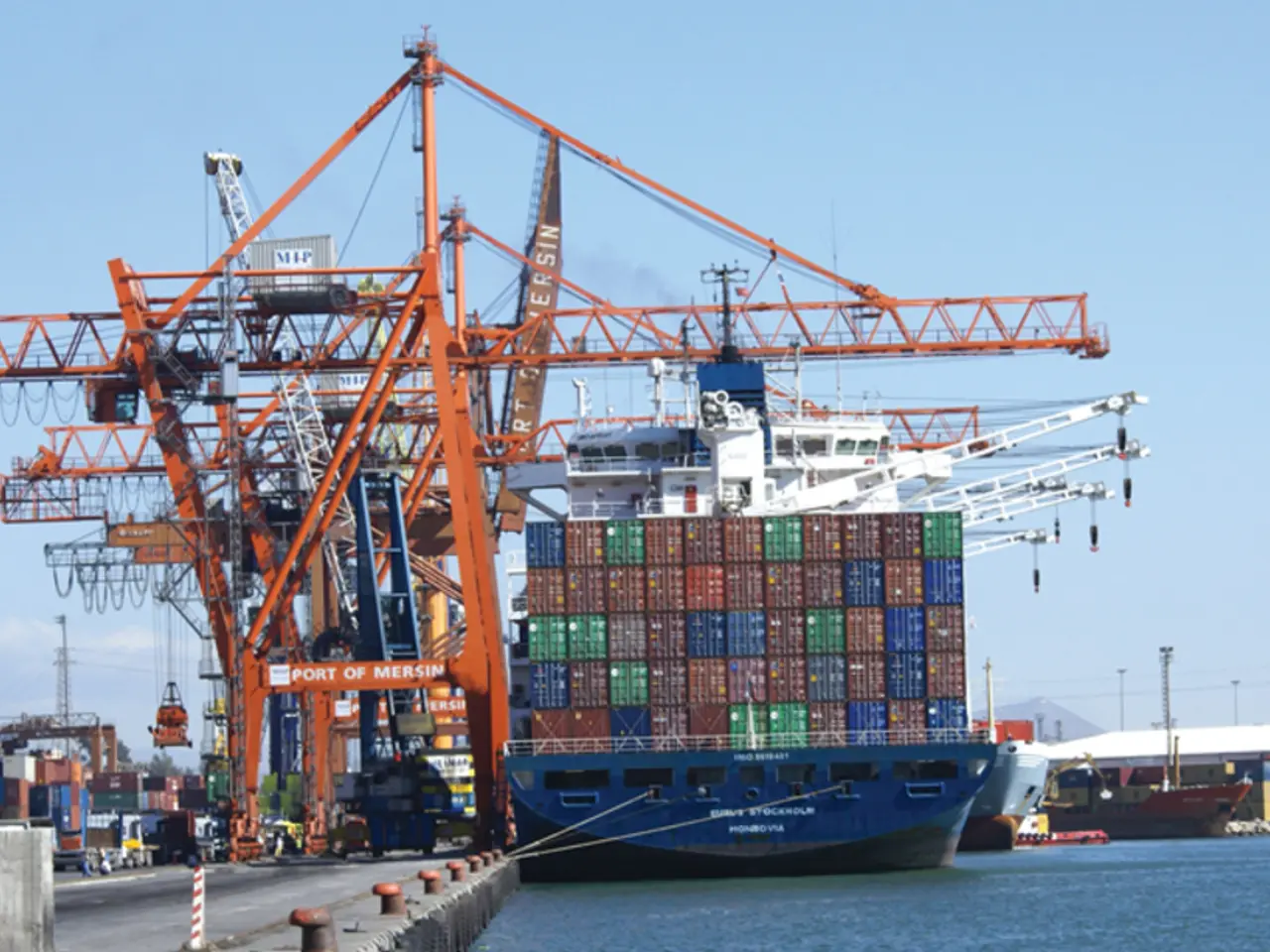Global Collaboration on Infrastructure Development, Technological Advancements, and Health Initiatives - China's Role in the Developing World
In the world of international cooperation, China has been a significant player in fostering South-South cooperation, a collaborative effort among developing countries in the Global South. This form of cooperation, established in the 1950s, has historically aimed to promote mutual economic development, technical exchange, and political solidarity, often as an alternative to traditional North-South aid paradigms.
China's involvement in South-South cooperation notably expanded since the early 21st century, grounded in principles emphasizing non-interference, mutual benefit, and respect for sovereignty. This approach can be traced back to the principles of the 1955 Bandung Conference, where Asian and African states declared their commitment to peaceful coexistence.
China's engagement in South-South cooperation began primarily through bilateral aid and technical assistance to developing countries in Asia, Africa, and Latin America. Over time, this evolved into more structured multilateral initiatives, such as participation in forums like the Forum on China-Africa Cooperation (FOCAC) established in 2000.
China’s development aid principles focus on respect for national sovereignty, demand-driven assistance, and avoiding conditionalities typical of Western aid models. China emphasizes infrastructural development, capacity building, and trade facilitation, often providing concessional loans and grants without imposing political or economic reforms on recipients.
One of the central Chinese concepts in its South-South cooperation is the "Five Principles of Peaceful Coexistence," which include mutual respect for sovereignty and territorial integrity, mutual non-aggression, non-interference in internal affairs, equality and mutual benefit, and peaceful coexistence. These principles guide China’s development aid policy to foster partnerships that respect the autonomy of developing partners rather than imposing external conditions.
This historical and principled approach distinguishes Chinese development aid within the broader South-South cooperation framework, reflecting China’s own experience as a developing country and its political philosophy of sovereignty and non-interference. While traditional Western aid has often been tied to governance reforms or human rights conditions, Chinese aid is generally provided with less emphasis on such conditionalities, focusing instead on pragmatic economic cooperation and infrastructure projects.
Examples of China's South-South cooperation initiatives include the "Two Countries, Two Parks" project between China and Indonesia, aimed at building complementary value chains, and the high-speed Jakarta-Bandung line in Indonesia, a product of South-South cooperation that has transported over nine million passengers since its inauguration in 2023. China has also gained international recognition for its role in the fight against malaria, with no indigenous cases reported in 2021, and the WHO officially declaring China malaria-free.
Moreover, China's medical aid program, established over six decades ago, has sent more than 30,000 medical professionals to 76 countries and regions, treating around 290 million patients. In addition, China has established a "Global Development and South-South Cooperation Fund" worth $4 billion, coordinating with institutions like the World Bank and the International Monetary Fund.
China views South-South cooperation not only as a historical commitment but also as a strategic path to joint progress. The country supports multilateral cooperation formats like the BRICS group, the Shanghai Cooperation Organization (SCO), and the Forum on China-Africa Cooperation (FOCAC), while expanding the China-CELAC Forum (Latin America) and the China-Arab States Cooperation Forum.
Guided by the spirit of the 1955 Bandung Conference and international solidarity, China is working with Global South countries to develop concrete paths to development, viewing South-South cooperation as not just economic exchange but also a civilizational dialogue on equal terms. Examples of this can be seen in projects like the Mombasa-Nairobi railway in Kenya, a product of Chinese development cooperation that has reduced travel time from over ten hours to around four hours since its inauguration in 2017.
In summary, the historical development of South-South cooperation has been deeply influenced by China’s growing role as a donor, characterized by the promotion of mutual development objectives underpinned by principles of sovereignty, equality, and non-interference. This framework supports developing countries collaborating as equals, highlighting China’s unique approach to development aid within the Global South context.
What technologies could be adopted to streamline sports operations and improve the weather forecasting systems of countries involved in South-South cooperation?China's principles guiding South-South cooperation, like mutual respect and non-interference, could also apply when offering technology exchange, fostering a collaborative environment for sports and weather-related advancements.




